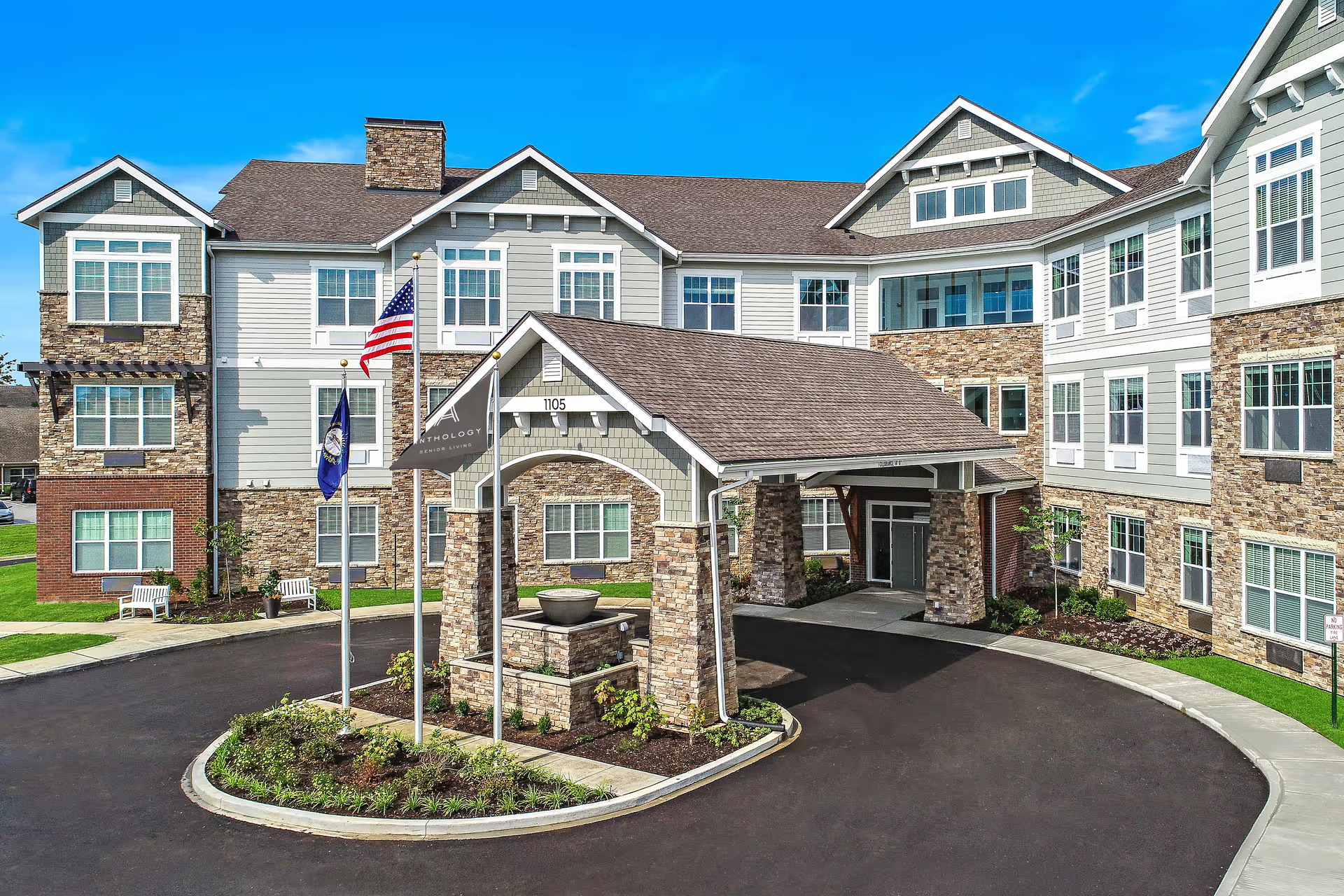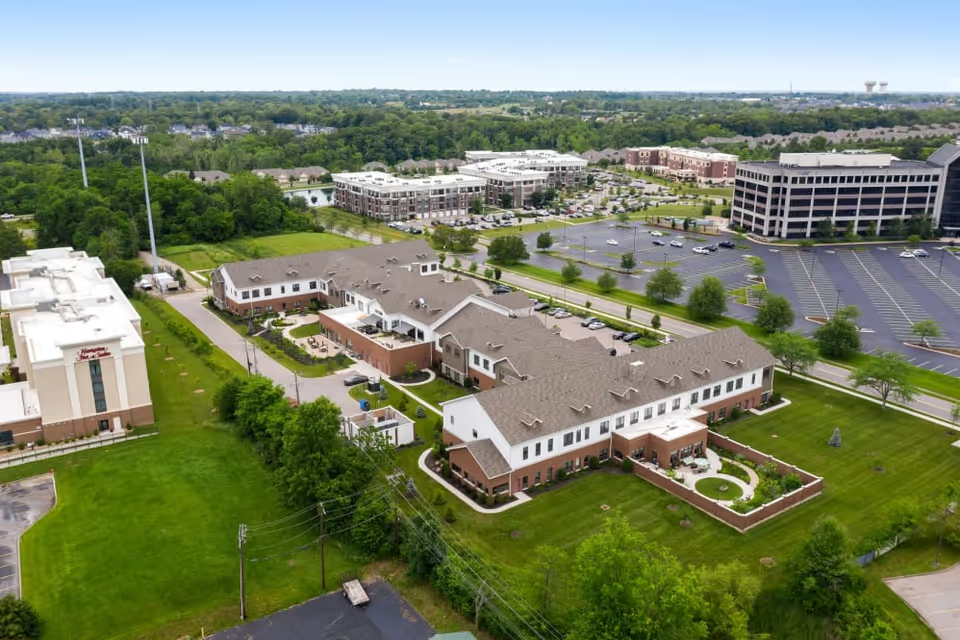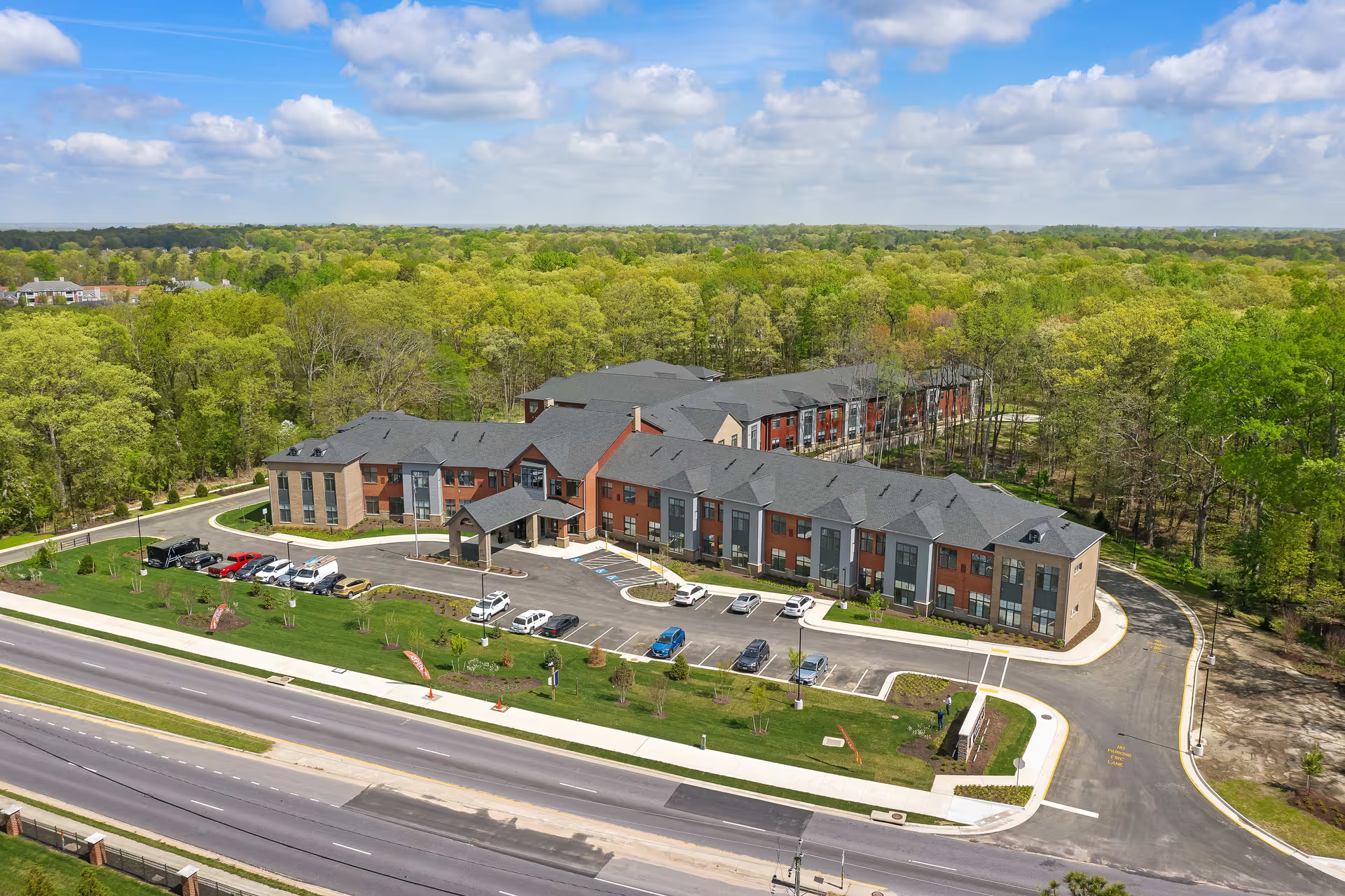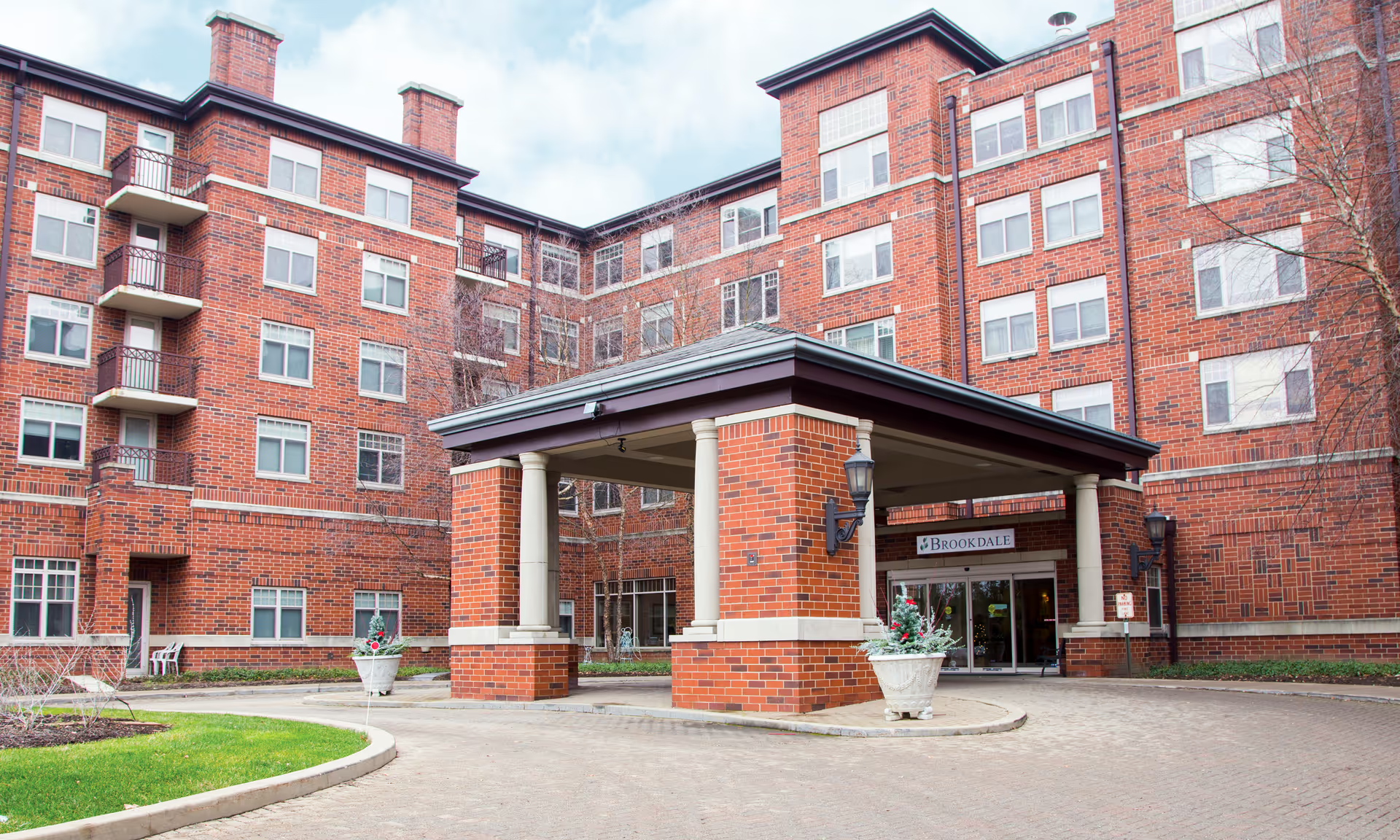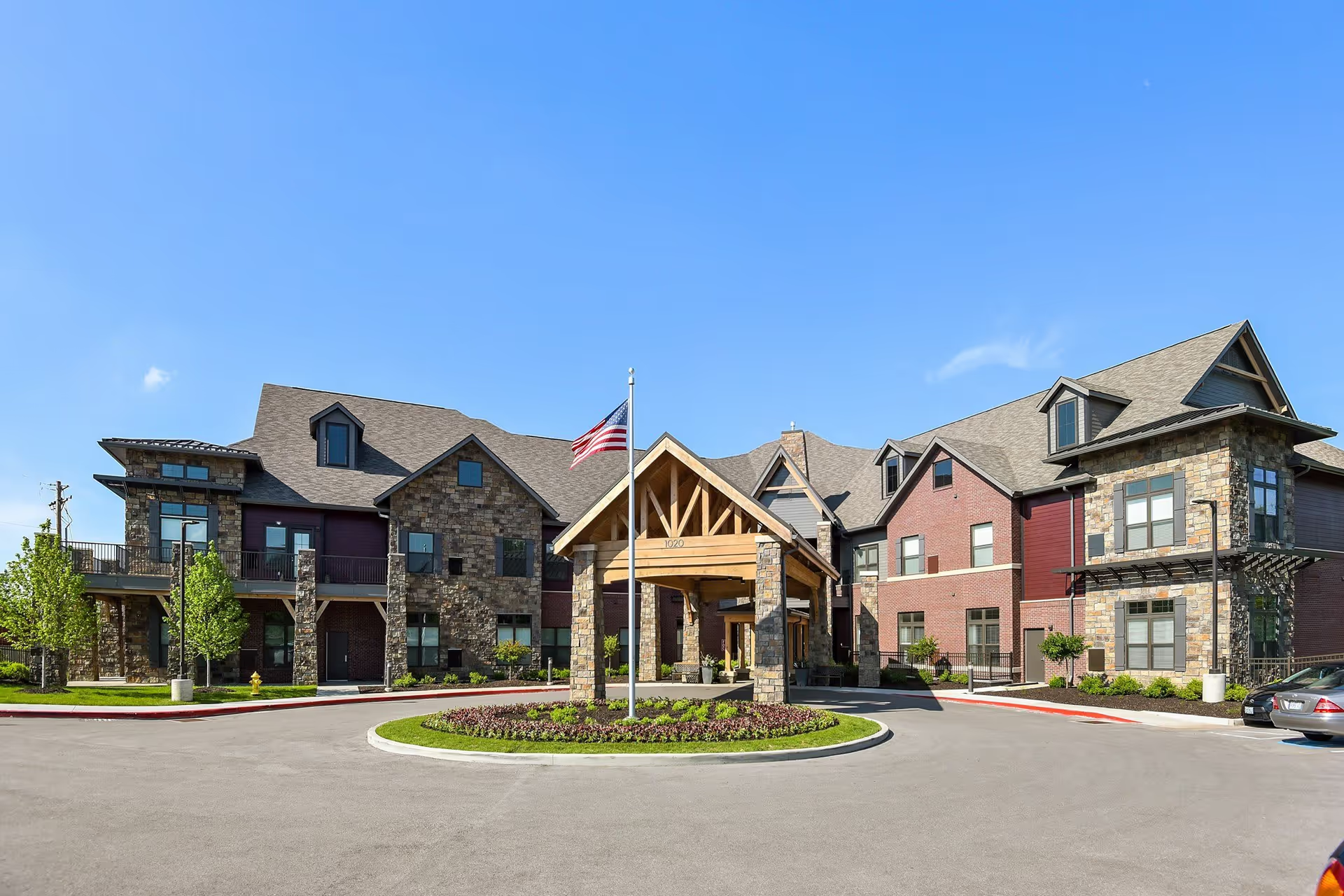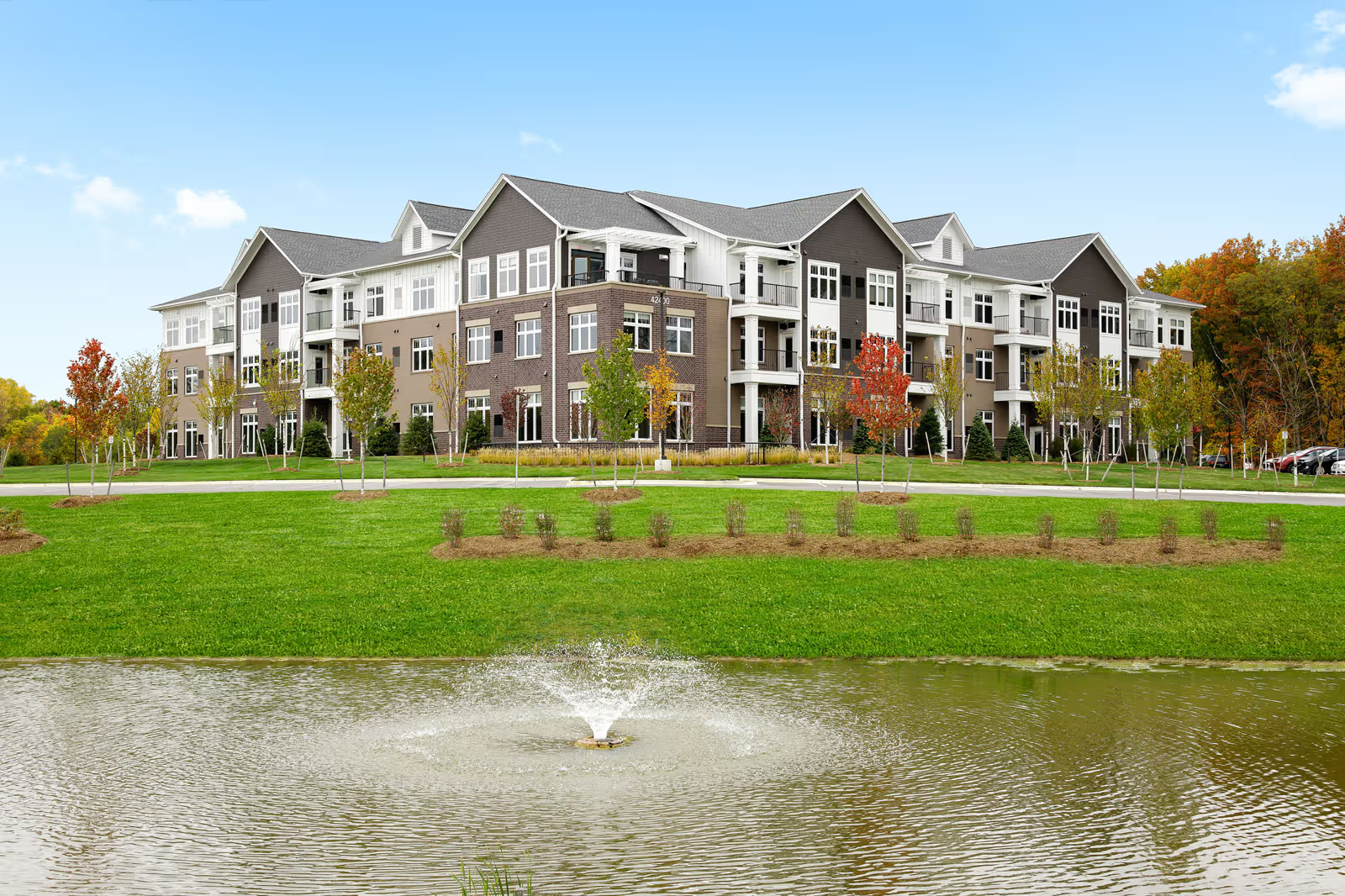Overall sentiment in these reviews is strongly positive regarding the quality of caregiving and the personal attention residents receive at Renaissance Terrace Assisted Living. The staff are repeatedly described as kind, compassionate, professional and proactive; multiple reviewers recount specific instances where employees went well beyond normal duties to help residents and families — for example obtaining and delivering a replacement feeding-tube syringe directly to a family’s car and refusing payment, or stepping in to provide emergency assistance when a nearby hospital would not. Those anecdotes underpin a broader pattern in the reviews of quick response times, hands-on caregiving, and staff willingness to advocate for residents.
Safety and operational diligence are highlighted in the context of the COVID-19 pandemic: several reviewers specifically credit the facility’s vigilance and procedures with keeping residents safe and report that there were no COVID cases during a quarantine period. This emphasis on safety pairs with reports of well-organized recreation programming and a busy activity calendar (bingo, movies, mall trips, excursions, weekend activities), which many families and residents say keep people engaged and socially satisfied. The activities program benefits from long-tenured staff and an engaged activities director, which reviewers cite as a reason residents form friendships and adapt well to community life.
Facility and accommodations receive mixed but mostly positive remarks. Multiple reviewers praise the facility as clean, free of bad odors, well-maintained, and serving good or ‘yummy’ food. Several reviewers call the rooms private, nice, and among the best locally; others describe a new facility with modern furnishings. That said, there is not uniform agreement: some reviewers note older areas of the building or rooms that are on the small side. Mobility accommodations are another area of mixed feedback — one reviewer explicitly stated mobility restrictions were not well accommodated, and another raised security concerns related to wandering risk. Because of these contrasting reports, prospective families should confirm room size, layout, mobility access, and security features during a tour.
Programmatic and financial notes that recur in reviews include praise for the facility’s non-profit mission and acceptance of the CHOICES program, which several reviewers mentioned as a helpful factor. Reviewers consistently note the small size of the community (one review calls out 15 rooms), which many family members view positively because it enables individualized attention and a tight-knit atmosphere. A number of reviewers emphasize long-tenured, friendly staff and strong administration, with at least one reviewer explicitly praising the administration for exceptional support.
Negative or cautionary themes are less frequent but noteworthy. A small number of reviews describe poor engagement for certain residents — saying some residents sit in their rooms and activities participation can be limited for some individuals. At least one family reported an overall negative enough experience that they moved their loved one to another facility. Security/wandering risk and mobility accommodation issues were raised by reviewers and should be clarified in person. Finally, several reviewers mentioned that the facility announced a closure or was closing soon, eliciting sadness from long-term families; this operational change is an important, concrete concern that could affect future residents and current families.
In summary, reviews paint Renaissance Terrace as a caring, small-scale community with strong staff responsiveness, robust recreational programming, good dining, and an overall culture of individualized attention and compassion. The most consistent strengths are staff quality, emergency responsiveness, COVID-era diligence, and active programming. The principal areas to investigate further are room size and layout variability, mobility and security accommodations, the extent to which all residents participate in activities, and the reported facility closure. These mixed points do not dominate the review set but are important practical considerations for anyone evaluating the community in person.


